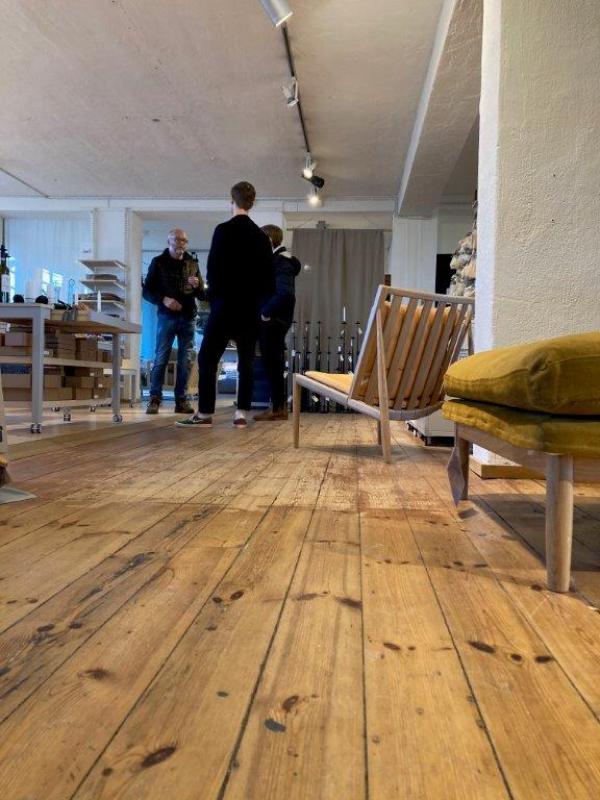The project KVIST was jointly initiated by Träcentrum (intermediary organisation), Linnaeus University and Jönköping University to increase the competence- and knowledge exchanges between small and medium-sized enterprises (SMEs) in the forest and wood industry and in academia. KVIST in Swedish means ’TWIG’ in English, the Swedish abbreviation of “Competence Shift In the Forest and Wood industry”. The objective of KVIST is to develop and establish a longlasting structure for collaboration between SMEs and academia using an intermediary organisation. The project is funded by three county councils in south Sweden and the European Regional Development Fund. We are in close dialogue with the funders to secure social and economic impact in the region. The project started in 2020 and so far, we have reached 90 organisations and 831 people from industry, universities, and the government. The outcome so far is 23 new collaborations between SMEs and 42 students from the two partner universities. We have also initiated 3 research project ideas based on companies´ needs.
Traditionally, knowledge is transferred from academia to companies which can be illustrated by academia informing companies about their offer in terms of education and research. In this initiative, however, we go beyond knowledge transfer and work with knowledge translation. SMEs needs are translated into academia’s offer and vice versa. This novel way of working collaboratively creates common meaning to share and access knowledge by using a bottom-up approach.













